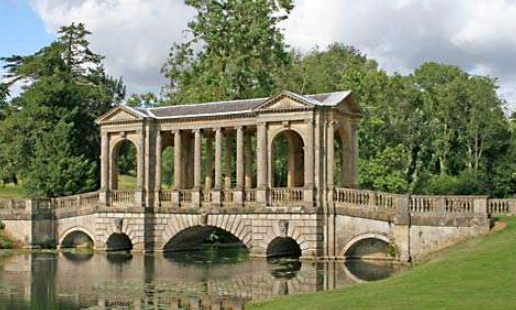Exploring the Beauty and Importance of Historic Landscape Architecture
Historic landscape architecture offers a window into the past, revealing how people interacted with their environment and shaped their surroundings over time. Understanding these architectural styles helps us appreciate cultural heritage and informs modern landscape practices. As we delve into this topic, we can uncover the significance of design choices that have stood the test of time.
The Evolution of Landscape Design
Landscape architecture has evolved through various movements, each reflecting societal values and technological advancements. From the intricate gardens of the Renaissance to the sprawling public parks of the 19th century, each style provides insight into the priorities of the time. The use of natural materials, water features, and plant selection were not just aesthetic decisions; they were often influenced by climate, culture, and available resources. As we study these historical landscapes, we gain a deeper understanding of how generations before us addressed the challenges of their environments, often paving the way for modern sustainability practices.
Cultural Significance of Historic Landscapes
Historic landscapes are more than just beautiful spaces; they serve as living museums of cultural history. Sites like the gardens of Versailles or Central Park in New York City represent not only architectural prowess but also the social dynamics and environmental considerations of their respective periods. These landscapes often hosted important events, gatherings, and rituals, making them integral to community life. Preserving these spaces allows us to maintain connections to our heritage while providing future generations with tangible links to their own histories.
Challenges in Preservation and Restoration
While the importance of historic landscape architecture is clear, preserving these treasures can be challenging. Natural erosion, climate change, and urban development pose significant threats to the integrity of these sites. Restoration efforts must strike a balance between authenticity and practicality, taking care to honor the original design while ensuring these landscapes remain accessible and relevant. Collaboration among architects, historians, and community members is essential to create preservation strategies that respect the past and embrace the future.
Conclusion
Understanding historic landscape architecture enriches our appreciation for both nature and culture, offering lessons that resonate across generations. By studying these timeless designs, we not only celebrate our shared heritage but also foster a deeper commitment to preserving the landscapes of tomorrow. Whether you’re an enthusiast or new to the topic, there are countless resources available to explore further. Dive into the world of historic landscape architecture and see how these designs continue to inspire and inform us today!

